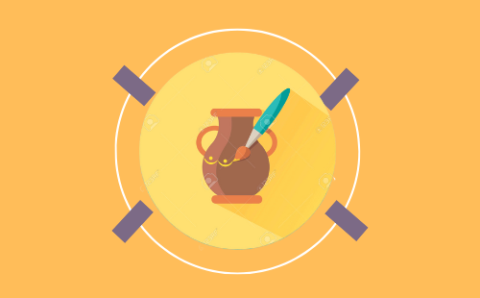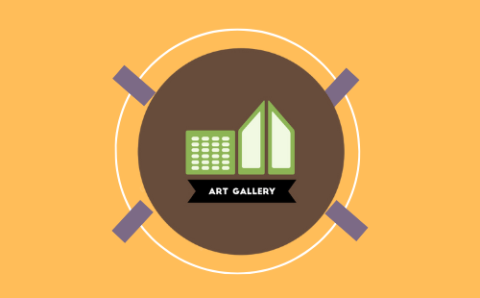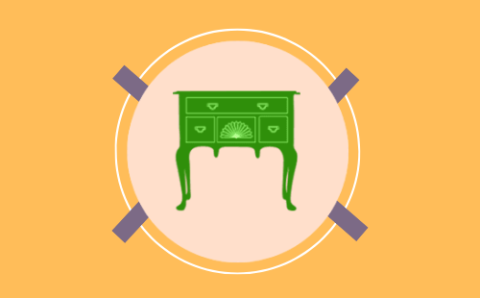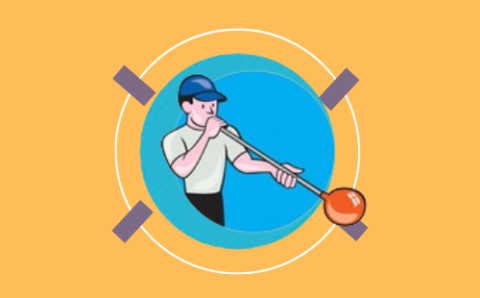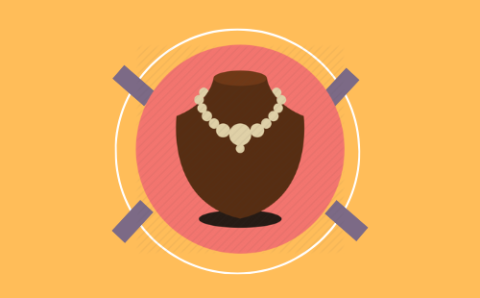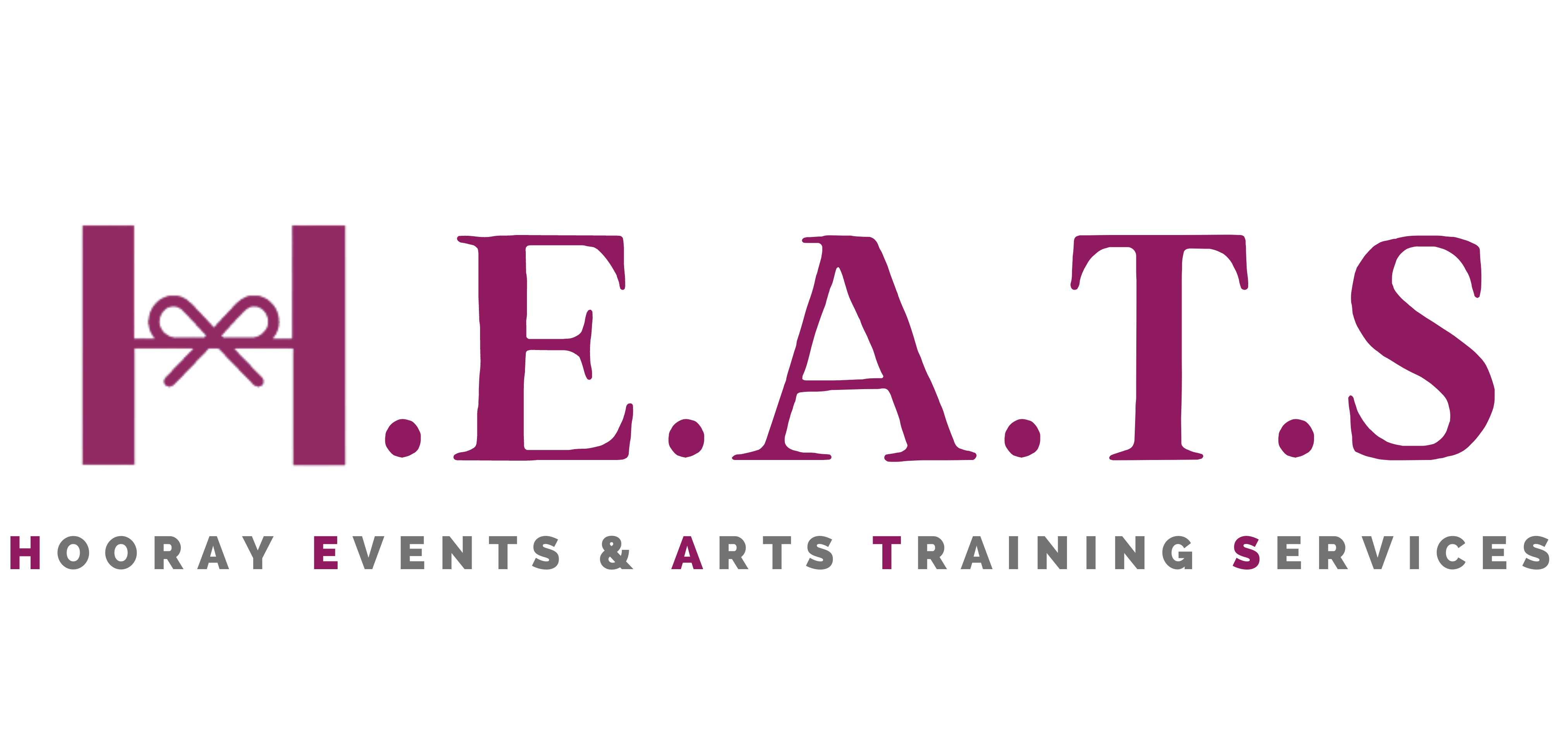Graphic Designer
June 12, 2018 2022-09-05 8:04Graphic Designer
Graphic Designer
Graphic Designer
A strong portfolio will be key to you finding a job as a graphic designer
As a graphic designer, you’ll create eye-catching visuals for a variety of products and activities, such as:
- websites
- advertising
- books and magazines
- posters
- computer games
- product packaging
- exhibitions and displays
- corporate communications
- corporate identity, i.e. giving organisations a visual brand.
After agreeing a brief with the client, creative director or account manager you’ll develop appropriate creative ideas and concepts that meet the client’s objectives.
The work demands creative flair, up-to-date knowledge of industry software and a professional approach to time, costs and deadlines.
Responsibilities
As a graphic designer you’ll need to:
- meet clients or account managers to discuss the business objectives and requirements of the job
- estimate the time required to complete a job and provide quotes for clients
- develop design briefs that suit the client’s purpose
- think creatively to produce new ideas and concepts and develop interactive design
- find innovative ways to redefine a design brief within time and cost constraints
- present finalised ideas and concepts to clients or account managers
- work with a range of media, including computer-aided design (CAD), and keep up to date with emerging technologies
- proofread to produce accurate and high-quality work
- demonstrate illustrative skills with rough sketches and work on layouts ready for print
- commission illustrators and photographers
- work as part of a team with printers, copywriters, photographers, stylists, illustrators, other designers, account executives, web developers and marketing specialists.
Salary
- Starting salaries for junior graphic designers are in the region of £18,000 to £23,000. Once you’ve gained some experience, salaries can rise to £27,000.
- At a middle level, you can expect to earn £25,000 to £38,000.
- Salaries for senior graphic designers or creative leads range from £35,000 to £55,000. A creative director can make £60,000+.
- As a freelancer, you can earn between £200 and £400 a day with experience. You’ll be able to charge more once you have an impressive track record and recommendations.
Salaries vary depending on the sector of employment, location and your experience and reputation. The best paid jobs are usually in London and other large cities. In-house design teams tend to offer higher salaries than design agencies.
Income figures are intended as a guide only.
Working hours
Working hours are typically 37 to 40 hours a week, sometimes with some flexibility around start and finish times. It’s likely that you’ll have to work extra hours when deadlines are approaching.
Part-time work opportunities exist, but may be hard to find. You’ll need several years’ experience and established professional contacts to become self-employed.
What to expect
- It’s likely you’ll be based in a shared studio or office as some jobs involve working in teams, although you may also work alone on occasions. If you’re a freelancer you could share offices, rent studio space or work from home.
- Design work often involves sitting and working at a computer for long periods of time.
- Job satisfaction comes from creating high-quality artwork, seeing your designs in use and building a reputation.
- Jobs are available in major cities and towns, with advertising agencies predominantly based in London, the South East, Manchester and Leeds. There’s also a demand for British graphic designers internationally with opportunities in Europe, Japan, Australia and the USA, but it’s advisable to work in the UK for a year before seeking work abroad.
- Although work is mostly studio-based, travel within the working day to meet clients may be required. Working away is rare.
Qualifications
Relevant subjects for graphic design work include those that involve visual arts. In particular, a degree or HND in the following subjects may increase your chances:
- 3D design
- communication design
- film and television
- fine art
- graphic design
- illustration
- photography
- visual art.
Any design-based course will give you a good grounding and knowledge of design, art history and printing techniques.
It is important that you build up a strong portfolio of your work to show to potential employers. This will be highly valued alongside your qualifications and will showcase your talent and passion for the career. You should also try to familiarise yourself with relevant software programmes such as Adobe Illustrator, InDesign and Photoshop, especially if these weren’t covered within your degree.
Some roles don’t require a degree or HND, as job offers may be based on the standard of portfolio work. However, progress without formal training is extremely difficult, and the vast majority of graphic designers have higher qualifications.
A pre-entry postgraduate qualification isn’t needed, but pre-entry experience is essential.
Skills
Apart from technical and drawing skills, you’ll need to show:
- passion and enthusiasm for design, with a creative flair
- a flexible approach when working in a team
- excellent communication skills to interpret and negotiate briefs with clients
- good presentation skills and the confidence to explain and sell ideas to clients and colleagues
- time management skills and the ability to cope with several projects at once
- accuracy and attention to detail when finalising designs
- being open to feedback and willing to make changes to your designs
- effective networking skills to build contacts.
Work experience
Internship or placement experience is extremely useful, especially if you have a reference who can recommend you and provide evidence of what you’ve done. The most valuable work experience comes from involvement in a live project, along with building a portfolio of your work.
Having your portfolio assessed while at university can be helpful as it will give you the chance to talk confidently about your work, which you’ll need to do at job interviews. A student assessment scheme is offered by the International Society of Typographic Designers (ISTD). Any experience that allows you to practice your presentation skills will also be invaluable.
You can become a member of the ISTD and also the Chartered Society of Designers (CSD) while studying. This gives you access to other designers for networking purposes, which may lead to you hearing about job opportunities. Membership also offers events and resources that will help you to keep up to date with developments in the industry.
Employers
The majority of vacancies are found in agencies specialising in advertising design, including identity and event branding or corporate communication.
You can also find roles within in-house design teams of various businesses and organisations, including:
- computer games companies
- design groups
- educational establishments
- local government
- magazines
- multimedia companies
- packaging industry
- publishers
- television.
As well as looking on agency websites, it can be beneficial to register with a specialist design recruitment agency, such as Gabriele.
It’s common to make speculative applications, either for internship positions or junior designer roles. Recruitment agency Represent has compiled The Ideal Candidate, a project where some of the leading studios share what they’re looking for and what you can do to make sure you stand out.
Other tips for making speculative approaches include:
- matching your portfolio to the design agency – research the agency and select relevant, appropriate pieces
- create an effective website and business card
- make sure any images you send are clear, not pixelated and that the PDF is no bigger than 8 to 10MB
- address your email to a named person.
Professional development
Most learning is on the job, except for formal training in industry-specific software. As a graphic designer, you’ll need to be skilled in using a variety of packages such as:
- Acrobat
- Dreamweaver
- Illustrator
- InDesign
- QuarkXPress.
Some employers fund training courses for you, but if you’re freelance or self-employed you’ll need to organise and pay for training yourself. It’s likely you’ll learn new skills to meet the demands of a particular project. Relevant courses are available from creative organisations such as D&AD. You’ll learn throughout your career as you keep up to date with advances in graphic technology.
Membership of professional bodies can enhance your knowledge by providing access to useful resources, advice and training. Relevant organisations include the Chartered Society of Designers (CSD) and International Society of Typographic Designers (ISTD).
You may choose to work towards chartership with the CSD. To achieve chartered designer status you need to prove you’re operating professionally and that you meet required competences. The process involves a professional portfolio and review. Find out more at CSD – Chartership.
Career prospects
Progression from junior graphic designer is possible within two to three years, with your first few jobs acting as stepping stones. At this stage, developing a reputation, networking and making contacts are important.
You may be in a position to apply for a senior designer post after three to five years. In large design partnerships, it may be possible to achieve promotion from designer to management positions, such as studio manager or creative director.
In general, career development depends on frequent job movement to widen your experience and develop your portfolio. You’ll have to think strategically about career moves and consider the development opportunities within each role.
It’s possible to become self-employed within five to ten years of your first job, if you’ve built up a good reputation. Gaining chartered status with the CSD can help with career progression as it shows you’re working at a specific professional level.
June 2022

